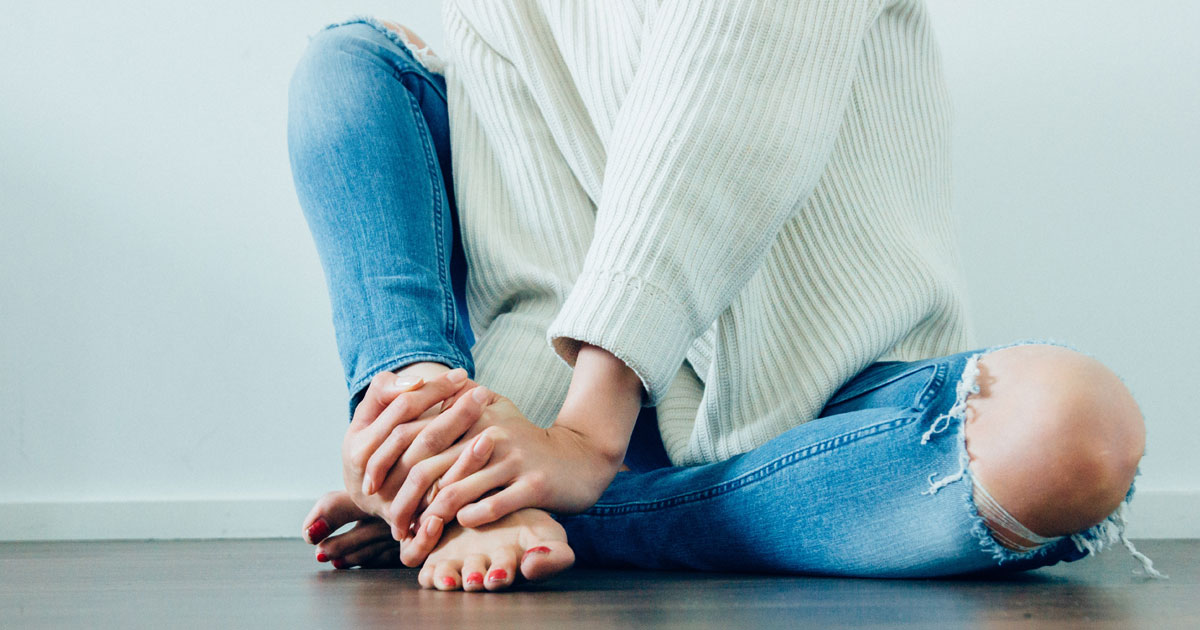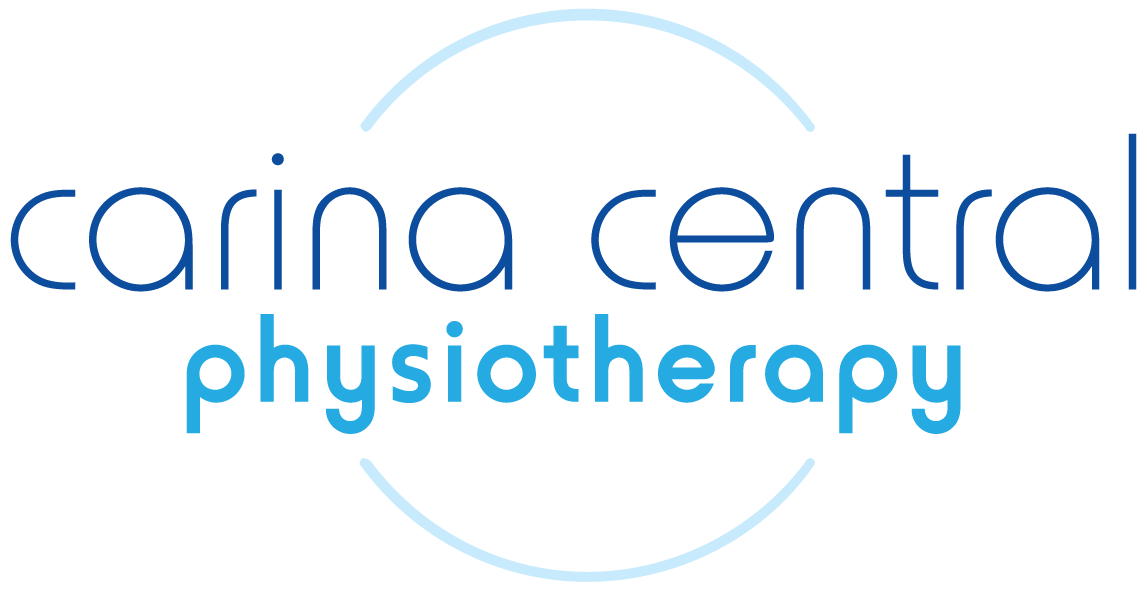
I have bursitis - what does that mean?
A bursa is a fluid-filled sac that acts as a cushion between tendons and bones to reduce friction. Bursae are found in different joints throughout the body and act to facilitate smooth movements where muscles and tendons glide over bones.
Bursitis occurs when there is inflammation of a bursa; and this is often at joints that perform frequent repetitive motion. With inflammation there is swelling of this fluid-filled sac, which in turns makes movement difficult and increases friction.
Symptoms of bursitis can include pain, swelling and loss of movement in the affected joints. Commonly affected joints include the shoulder, hip, knee and elbow.
Bursitis can also be a common finding in an ultrasound (or MRI) scan; it is important that this is correlated with a clinical examination as incidental findings are common.
What causes bursitis?
Bursitis can be a result of:
- Repeated irritation – this is the most common cause of bursitis where repetitive motion (eg throwing, swimming, kneeling, painting) can trigger and maintain the inflamed state. Repetitive trauma can also be due to poor muscle control and movement patterns.
- Traumatic injury – this occurs with a direct blow to the area which can cause blood to leak into the bursa
- Systemic disease – eg. Rheumatoid conditions and gout. Sometimes bursitis can also be a result of infection.
Common areas of bursitis
- Shoulder (subacromial or subdeltoid bursitis)
- This bursa separates the shoulder (supraspinatus) tendon from the overlying bone (acromion); and bursitis commonly occurs as a result of injury to the rotator cuff muscles. The swollen structure in the confined space then leads to painful arm elevation known as “shoulder impingement”.
- Subacromial bursitis presents as pain over the side and front of the shoulder; this pain is worse with overhead lifting, reaching and sleeping onto the shoulder at night.
- This bursa separates the shoulder (supraspinatus) tendon from the overlying bone (acromion); and bursitis commonly occurs as a result of injury to the rotator cuff muscles. The swollen structure in the confined space then leads to painful arm elevation known as “shoulder impingement”.
- Hip (trochanteric bursitis)
- This occurs most frequently in middle age women and particularly in the over-weight population.
- Trochanteric bursitis presents as a deep ache on the outside of the thigh and may even extend down to the knee. This pain is worse with walking, stairs and side-sleeping at night.
- This occurs most frequently in middle age women and particularly in the over-weight population.
- Knee (pre-patella bursitis, infrapatellar bursitis, pes anserine bursitis)
- Elbow (olecranon bursitis)
What is the Physiotherapy management for bursitis?
Physiotherapy can play an important role in the management of bursitis- both for relief of symptoms and for preventing recurrence.
Initial Physiotherapy treatment for bursitis is to reduce the bursal inflammation and pain.
This may can include:
- Advice and education on activity modification, correction of movement patterns
- Manual therapy techniques
- Electrotherapy modalities
- Supportive taping
While the acute bursitis pain usually settles within a few weeks, or even days; the symptoms are prone to resurface if the cause of bursitis is not identified. In many cases this may be related to muscle imbalance, poor movement patterns or postural habits. Your Physiotherapist will perform a comprehensive assessment to identify any contributing factors and provide guidance for appropriate treatment. The long-term solution is to address the underlying muscle weakness rather than simply settling the bursitis itself.
Rehabilitation program to prevent recurrence
Bursitis rarely occurs in isolation and is often a secondary symptom. Tendon pathologies are commonly involved and this will require management through a targeted rehabilitation program.
An individualised rehabilitation program may involve exercises in the form of stretching, strengthening and movement retraining. The Physiotherapist will also look into any work-specific demands or sports-specific techniques that may contribute to repeated irritation of the bursa.
Medications and Injections
Taking into account patient history, physical examination findings and investigations results – there may be indications for oral anti-inflammatory medications and/or a corticosteroid injection for those with severe or persistent symptoms. The Physiotherapist can discuss these options with you after the initial assessment; while specific risks/ benefits and dosage of the above is best discussed with your GP.

If you suffer from bursitis, you can consult with Jennie or one of our other experienced Musculoskeletal Physiotherapists to develop an individualised management program to help with your pain.
